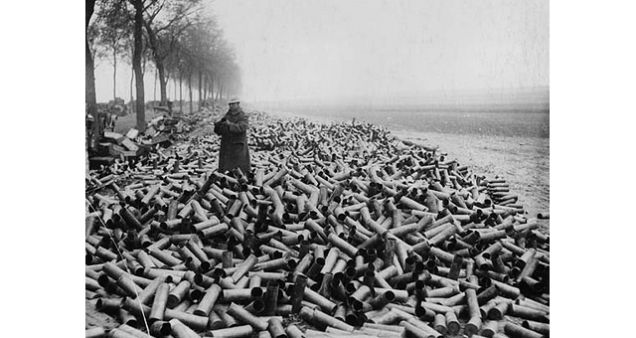In 1914, tensions between the nations of Europe exploded into a war the likes of which the world had never seen. For four long years, it raged. Over 70 million men took up arms, 10 million of which were Europeans. By the end of the war, 9 million of these were dead, as well as 7 million civilians. The countries involved had sophisticated industries and terrible weapons. The battle was characterized by a stalemate between opposing armies.
Armies meeting each other clashed and then ground to a halt, locked in savage trench warfare. The war gave rise to enormous political and social change. Dynasties that had ruled their countries for hundreds of years were suddenly overthrown in revolutions. And even though it was called the ‘war to end all wars’, because it was so terrible, it actually made another world war inevitable. The First World War has become a symbol of the horror and destructiveness and utter futility of war.
Myths tend to grow around iconic events, and World War I is no exception. After the war, the Allies said that the Germans started the war, and were the bad guys. But were they really? Did the Russians have a poorer army than other countries, as is often stated? Were fighter pilots more gentlemanly than other fighting forces? Was the war only fought in the trenches? The answers to these questions might surprise you.
In this video, Indy Neidell challenges ten common myths about World War I and tells us what actually happened. And it could have gone on for a good deal more than four years.
https://www.youtube.com/watch?v=hs857RflCZE
